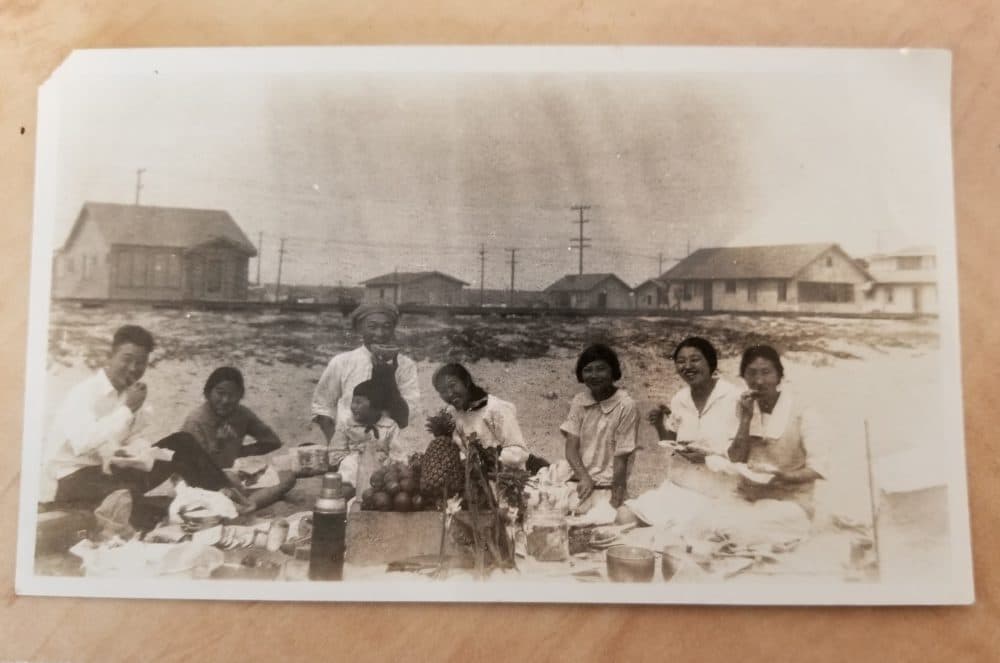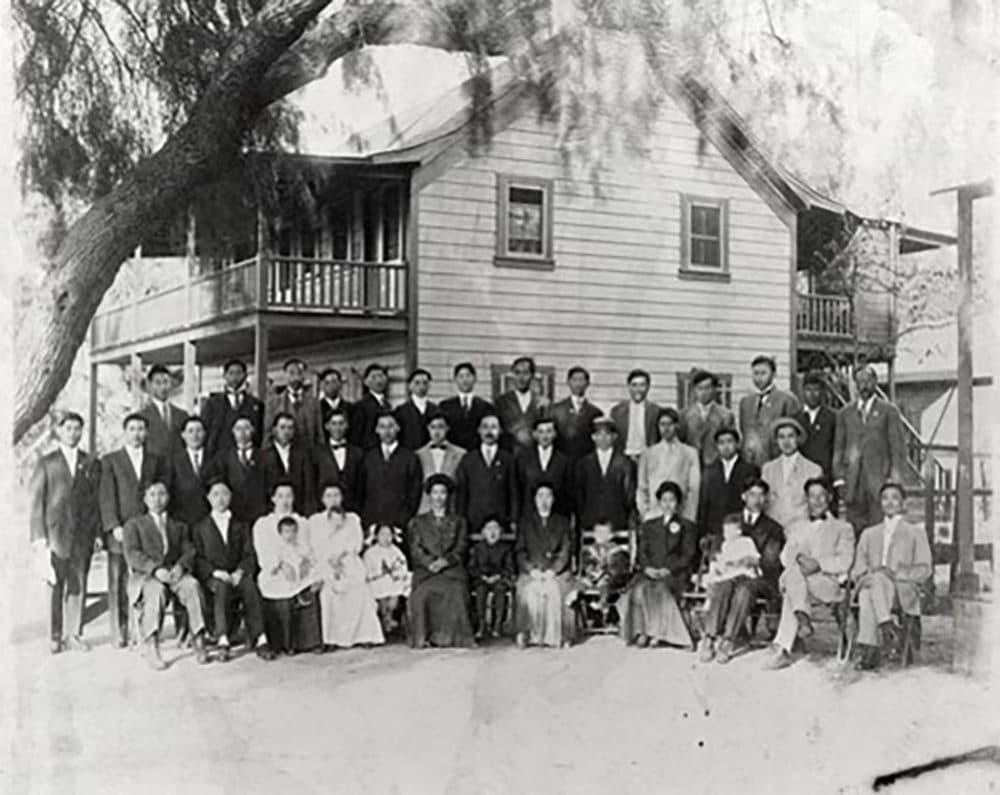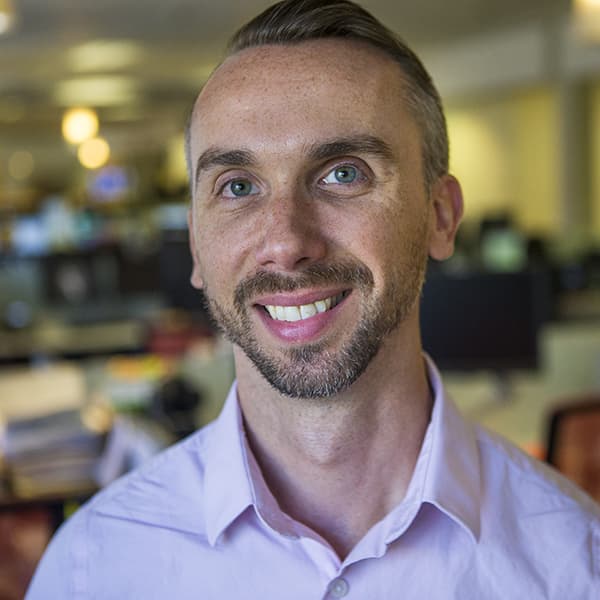Advertisement
How we lost (and rediscovered) the history of America's first Koreatown
Resume
For generations, the elusive stories of early Asian American communities have been revealed slowly and painstakingly by scholars hoping to unearth| long-buried historical treasure.
One of those scholars is Edward Chang, professor of Ethnic Studies at the University of California at Riverside. In 2015, he stumbled upon gold when an old map of the area led him to the long-lost history of America's first Koreatown.
Known as Pachappa Camp, Riverside's Koreatown was home to approximately 300 Korean immigrants beginning in 1905. But a little over a decade later, the community was gone and its stories forgotten for nearly a century until Chang's research brought it to light once again.
In the early 2000s, some graduate students at UC Riverside found a small map from an insurance company that labeled part of downtown Riverside as “Korean settlement” in small print, Chang says.
“At the time, I did not know anything about Pachappa Camp or even Korean community in Riverside,” he says. “Early Korean immigrants settled in Hawaii, San Francisco and Los Angeles and elsewhere, but I've never heard anyone mention anything about Riverside, California.”
Chang kept that in his mind for a decade until he started thinking about the map again in 2015 and decided to look further into it. He gradually found information from various sources but struck gold once he looked at a Korean newspaper called Sinhan Minbo, or New Korea, that included a trove of information about Pachappa Camp.

Pachappa Camp was a family-based community – unlike other Asian immigrant communities at the time, Chang says.
In Pachappa Camp, women and children lived and worked alongside men. But in places like San Francisco's Chinatown and Manilatown, 90% of residents were young single men, he says.
The founder of Pachappa Camp, Dosan Ahn Chang Ho, wanted to project the image that Korean immigrants were model citizens, Chang says. Smoking, drinking and gambling weren’t allowed. Women had to wear traditional white dresses.
“[Dosan] always emphasized honesty, integrity as a virtue of man,” Chang says, “and at a time [when] Korea was in the process of being colonized by Japan.”
Dosan wanted to strengthen Korea as a nation by building character in the community, Chang says. He experimented with democracy — an unheard-of idea because a king ruled Korea until 1910.
But Dosan’s vision for the community differed from the model minority myth of Asian Americans, Chang says.
“This was to strengthen the Korean immigrant community, to free Korea from Japanese colonialism,” he says. “To free Korea from Japanese colonial domination, you had to build strength and build character.”
From an ocean away, Pachappa Camp helped lay the foundation for Korea's independence. Founded in 1909, the Korean National Association wanted to free Korea from Japanese colonialism, Chang says.
Many members of the group lived in Pachappa Camp. In 1911, after Dosan returned from a trip to Korea, the group held its third convention in Riverside. At that convention, the group passed 21 articles of governance that served as “the basis for forming democratic republicanism of [the] Shanghai-based provisional government of Korea in 1919,” he says.
“Until now, historians in Korea really did not know how and where all of a sudden [the] Korean provisional government of Shanghai declared democratic republicanism,” Chang says. “I trace it back to Riverside, California, in 1911 [at the] third Korean National Association of North America Convention.”

But by 1918, Pachappa Camp vanished. Freezing weather wiped out the citrus industry in Riverside and without any employment opportunities in farmland there, workers began to relocate to other towns in central California.
“By 1913, there were only six, seven families residing in the Pachappa Camp, and they were able to maintain its community until 1918,” Chang says. “But in 1918, they could no longer sustain it and decided to move to nearby places.”
UC Riverside put some artifacts Chang discovered on display in a new exhibit — which means people can take a look and learn about these stories of early Korean Americans for the first time in over a century.
For Chang, uncovering the story of Pachappa Camp has been the most gratifying and historically significant research project of his career.
“It's very ironic that I've been here in Riverside for 30 years and until five years ago, I did not know anything about it. And no one knew anything about it,” he says. “And now, [after] uncovering [the] buried past of Korean American, Asian American history, through that we are learning a real living history today.”
This segment aired on December 2, 2021.

